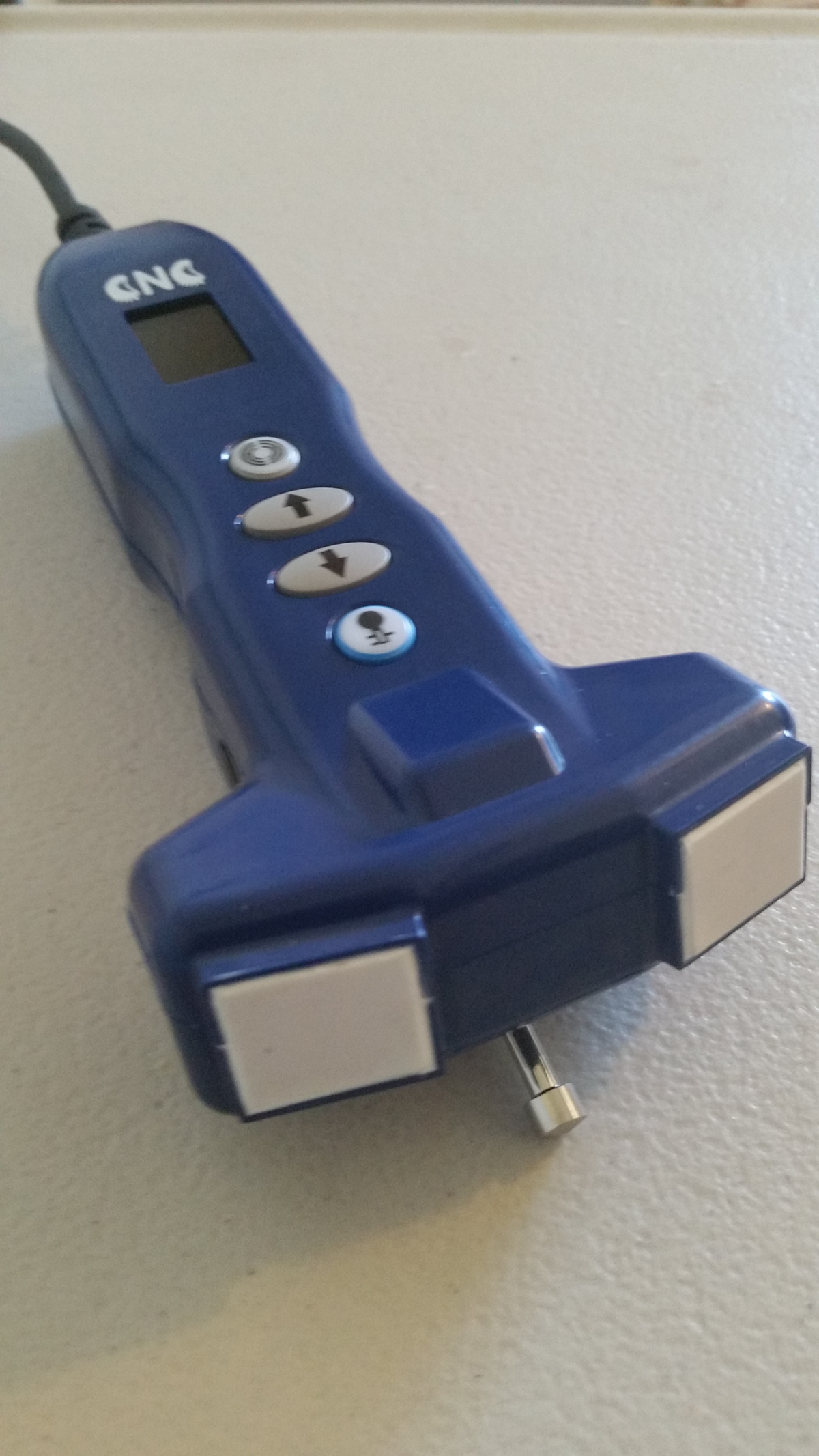
Clinical Manifestation of Painful Diabetic Neuropathy
The pain the patients complain about is described like tingling or prickling. Numbness of the affected area is what patients also complain about. In extreme cases painful diabetic neuropathy can feature with paraestesia and hyperestesia. Intensive burning or stabbing sensations can accompany the basic symptoms. Pain generally intensifies at night. The disease progresses over time.
The majority of patients endure the pain until it becomes unbearable and then turn to doctors. The best outcome can be achieved if the condition is found on time. This can be successfully done if screening methods are performed. Regular check-ups followed with appropriate examination can establish the condition at the very beginning. The doctor will investigate patient's vibratory sensations as well as pressure sensations. The doctor will also check arterial flow and patient's reflexes.
Classification of Painful Diabetic Neuropathy
Two most common painful diabetic neuropathies are acute sensory neuropathy and chronic sensorimotor neuropathy. The first one is connected with increased level of sugar in blood and can slowly minimize if hyperglycemia is brought under control. On the other hand, chronic sensorimotor neuropathy is a long-standing complication of diabetes mellitus.
Diagnosis of Painful Diabetic Neuropathy
The diagnosis of painful diabetic neuropathy can be confirmed after other potential sensory neuropathies have been excluded.
Patients who are suffering from diabetes mellitus can apart from painful diabetic neuropathy develop neuropathy caused by deficiency of B12 vitamin, chronic inflammatory demyelinating polyneuropathy and neuropathies connected to hypothyroidism or uremia. This is why the doctor has to rule other possible causes before making the final diagnosis.
Treatment of Painful Diabetic Neuropathy
This medical condition is very hard to treat. The pain cannot be alleviated completely and in all patients. The best thing one can do is to prevent this condition from occurring by proper control of sugar levels. The goal of the therapy is to reduce the intensity of pain.
In most of the patients antidepressants and antiepileptic have been administered. The doctor will decide which medication will be administered in each case.
Since, almost 50% of all the patients suffering from diabetes mellitus will develop painful diabetic neuropathy regular check-ups will be helpful with early diagnosis of this medical condition.







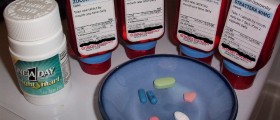
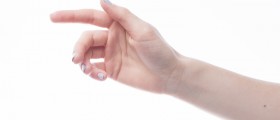

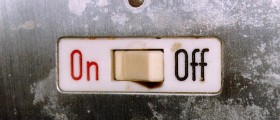
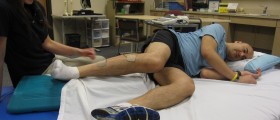





Your thoughts on this
Loading...